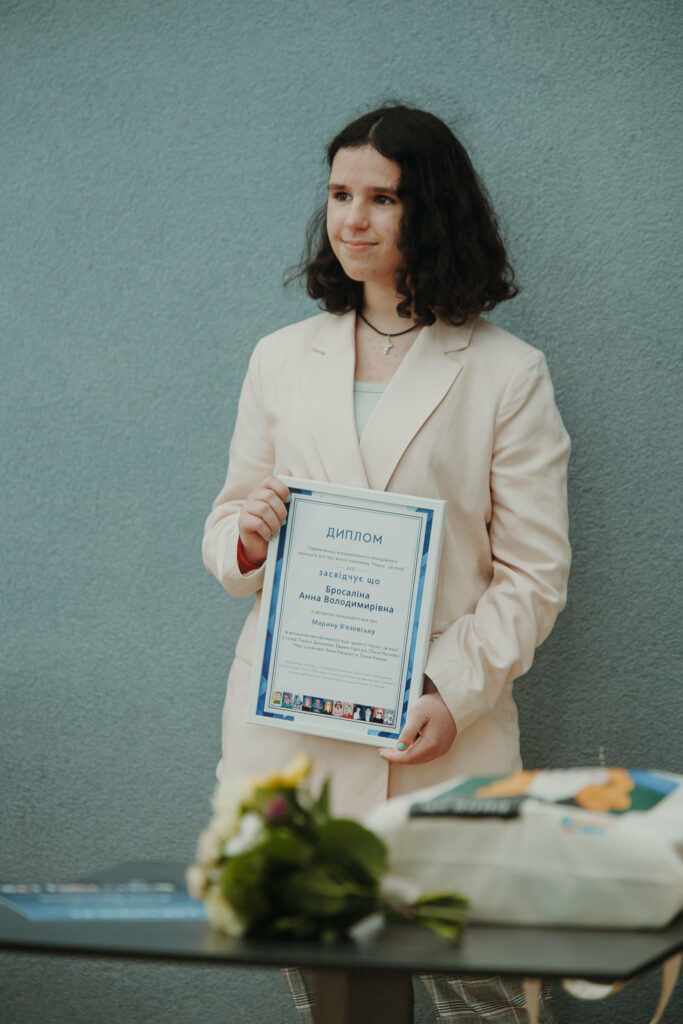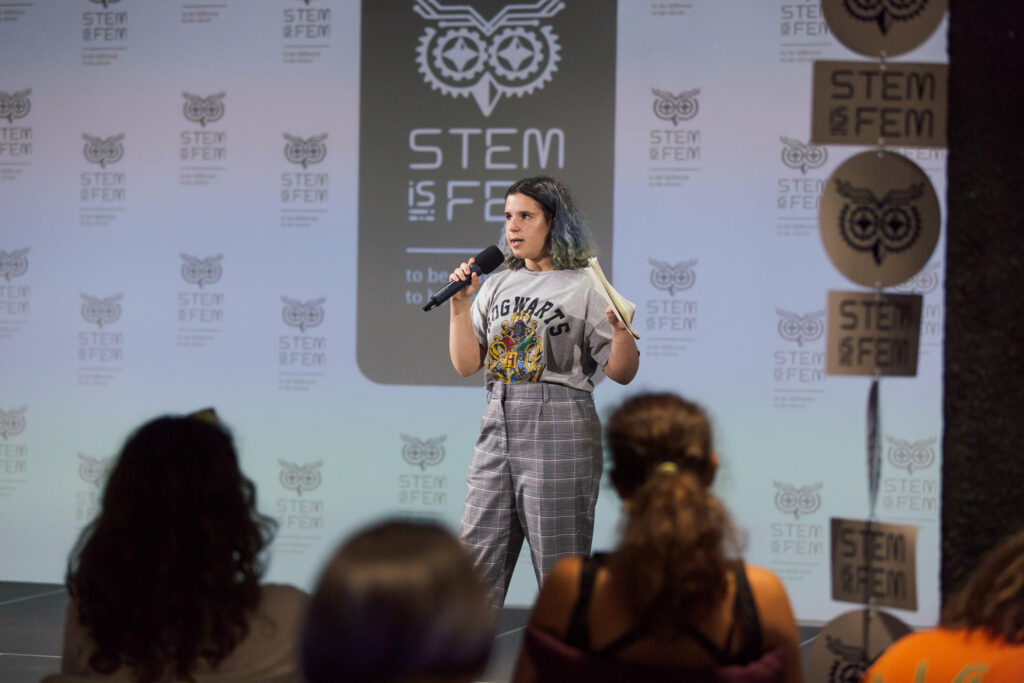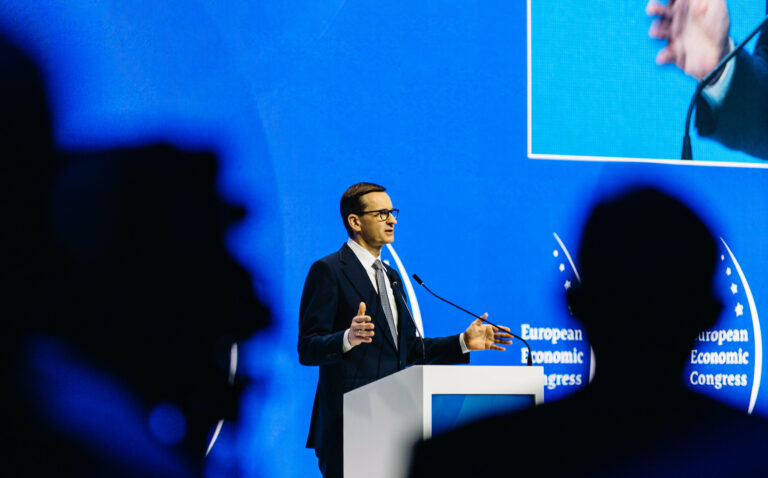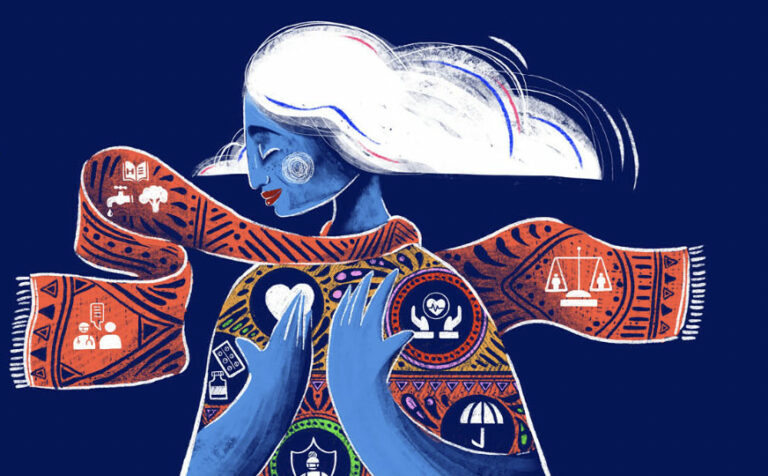
Go where your deepest fears lie: finding the courage to overcome gender barriers in STEM
Author: Viktoriia Barylovska
With countless professions available to school leavers today, many paths would seem to lead to a successful future. Yet society does not always approve of female choices in STEM, perpetuating gender stereotypes, prejudice and discrimination. However, there are those who challenge such judgements at a young age, and it’s such a girl that I want you to meet. The story of my friend, Anna Brosalina, who is from a small town near Kyiv, is a perfect example of how girls can succeed in STEM.
Anna will soon graduate from a Ukrainian high school and aspires to become a biomedical engineer. She’s only 17, but Anna already has many achievements in science and beyond, and has even won three prestigious scholarships for her studies. Since the beginning of her STEM journey, she has created and presented projects related to computer science, cosmetics, finance, e-learning and urbanism. She has also been an active member of the STEM is FEM community for almost four years and had the honour to represent the organisation at various high-level events.
Anna told me that her first experience with STEM is FEM was actually quite prosaic. At the age of 13, she came across the organisation through a Facebook post of her friend who had won a competition organised by STEM is FEM. Let’s find out what happened next!
Can you tell us about your journey with STEM is FEM? How did you get involved, and what made you decide to participate?
“At that time, I was already interested in the STEM field in general and my curiosity led me to explore everything available about the projects organised. Slightly later, I discovered that there was an upcoming STEM is FEM module focused on the agricultural industry. Interested in taking part, I filled out an application form and, to my surprise, was selected as one of 30 girls from the whole of Ukraine!
“Through this organisation, I’ve had the privilege of meeting Ukrainian scientists, engaging in projects aimed at addressing real-life challenges, and receiving invaluable feedback from professionals. For instance, during the Urbanism course, our teams devised plans for the reconstruction of areas in Ukraine destroyed as a result of the russian invasion.
My team developed a reconstruction plan for the railway station square in Trostyanets. Ten of these projects, including ours, were selected to be further developed with professionals and offered to local communities for implementation. You can read more about this project here.”
We also talked a lot about the “She is Science” project, as part of which Anna wrote her essay about the Ukrainian scientist Maryna Viazovska. This is an educational art project by STEM is FEM, supported by UN Women in Ukraine and UNICEF. The goal is to showcase the achievements of Ukrainian women scientists, to arouse interest in STEM among young women, and to debunk the myth that science is exclusively a male domain.

What was it like? What are your takeaways from this experience?
“‘She is science’ is a beautiful blend of technology and creativity, which, as someone who delves a bit into the arts and aspires to be a scientist, I cannot help but admire. I had the opportunity to contribute to the project by writing one of the 12 essays selected through the competition. Through the preparation of the material, I learnt so much about Ukrainian scientists and their research. As a finalist, I also had the privilege of meeting some of these inspiring women in person, which provided me with valuable insights into Ukrainian science as a whole.”
Why Maryna Viazovska?
“I chose to write about Maryna Viazovska for my essay because I was fascinated by her work on the incredibly interesting and abstract sphere-packing problem in mathematics. Using maths to solve problems in 8- and 24-dimensional spaces and doing it so concisely — just in 22 and 12 pages respectively (compared to the 300 pages required for 3-dimensional space) — is truly remarkable. Although all the scientists featured in the project had innovative research, Maryna’s work amazed me the most at the time.”
To learn more about Ukrainian science, Anna recommends visiting this page, where you can explore the ‘She is science’ project and read essays by talented youth from all around Ukraine, including her own!
What do you think the achievements of women like Maryna Viazovska mean for the Ukrainian scientific community?
“Maryna Viazovska is an incredibly talented mathematician, who has been honoured with prestigious awards such as The Fields Medal (comparable to the Nobel Prize in mathematics), the Salem Prize, the Clay Research Award, and many others. Having such a globally recognised scientist in the Ukrainian community is highly beneficial. It not only elevates the reputation of Ukrainian science but also promotes the visibility of women in the field. Maryna is only the second woman to receive The Fields Medal since its inception in 1936, with the first one being awarded in 2014! Therefore, her accomplishments serve as a remarkable representation of both Ukrainian science and the contributions of women in the field.”
What do you think can be done to encourage more girls to pursue STEM subjects from an early age?
“One way would be to create more projects showcasing women who have already made a successful career in STEM. Having a role model and seeing that although the journey is difficult, it’s nonetheless doable, is what can bring youth in general to science-related fields. Therefore, I sincerely hope to see more projects like ‘She is science’ in the near future. I also feel like the STEM field is severely under-represented in the media, especially in Ukraine, so it’s also nice to have initiatives like Kunsht, for example.”
Anna added it was also important to work hard on the educational system in Ukraine. Looking back on herself, she thinks it was a lucky break that she became interested in science at all.
“The way science is taught in most schools makes it look unapproachable and unrealistic to even consider as a career option. Not to mention various situations where teachers find it normal to tell sexist ‘jokes’ during lessons or give different examples to boys and girls while explaining topics so that ‘girls can understand better’. We should work on our educational programmes to show the fun side of science, work in labs more, and give real-life examples.“

Gender equality is a priority that underpins a wide range of policies in the EU. How do you think gender equality in STEM will help bring Ukraine closer to a sustainable future?
“Surprisingly, the level of female involvement in STEM in Ukraine exceeds that of numerous EU countries. According to UNESCO statistics from 2019, the proportion of women in science in Ukraine stands at 45%, surpassing the global average of 30%. This places Ukraine 12th out of 41 European countries with one of the highest rates of female representation among scientists!
“While these figures appear promising, it’s essential not to assume that the issue of gender equality has been resolved. These statistics provide a generalised view and may not accurately reflect gender parity across all STEM fields. For instance, in the tech industry, the representation of women in Ukraine was reported at only 23.4%. Clearly, this falls short of true equality.”
Anna is convinced that closing this gender gap is a prerequisite for ensuring a sustainable future, not only in Ukraine but also around the world. It’s important for states to ensure equal opportunities for all people, regardless of gender, to contribute to the development of their countries.
“Every person has the potential to make a positive impact on the world, and it is a bitter tragedy that this opportunity can be taken away from someone because of factors unrelated to their abilities,” she insists. I couldn’t agree more.
What advice would you give girls who are just starting to explore careers in STEM, particularly those who may be unsure about pursuing these fields?
“Do what makes you feel happy and fulfilled. I know it may sound like a blanket statement, but it’s quite a good life compass if you use it correctly. The pressure coming both from society and ourselves can lead us to narrow our personalities to fit in with a certain career option. At least for me, it was like that. With all my extra-curricular engagements, I felt like although I was doing a lot of things, I couldn’t quite say I was an expert or anything even close to that in any of these spheres. Should I stop? Should I focus on one thing only, so that I can get into university and find a job? I had these thoughts all the time, but at the end of the day, this uniqueness of my experiences is what allowed me to get the most invaluable opportunities of my life. Therefore, do what is interesting to you at the moment even if you cannot fit it into your future life image just yet. We tend to underestimate the power of random skills, but most of the big projects and inventions were created by unique combinations of knowledge, which nobody expected to work. STEM is mostly challenging, but that’s what makes it so fascinating.”
As people around the world talk more and more about gender equality in STEM, Anna’s journey shows how passion and determination can make a real difference. Despite all her personal progress, Anna reminds us that there are still obstacles to overcome.
She believes that we need to change not only our perception of women in STEM, but also the way that education and society as a whole work. We need to realise that we all have unique talents and interests, and by combining them, we can come up with amazing new ideas that can make the world a better place.
As Anna likes to put it: “Go where your deepest fears lie, as that’s the only way to grow!”
LATEST

How you can help the planet every day

Building Europe: Poland’s experience of joining the European Union and lessons for Ukraine

World Health Day 2024: My Health, My Right

EUREKA MEETS EUROPE – opportunities to develop and study. My experience

Can you wear pink in the workplace?
More campaign pages:
Interested in the latest news and opportunities?
This website is managed by the EU-funded Regional Communication Programme for the Eastern Neighbourhood ('EU NEIGHBOURS east’), which complements and supports the communication of the Delegations of the European Union in the Eastern partner countries, and works under the guidance of the European Commission’s Directorate-General for Neighbourhood Policy and Enlargement Negotiations, and the European External Action Service. EU NEIGHBOURS east is implemented by a GOPA PACE-led consortium. It is part of the larger Neighbourhood Communication Programme (2020-2024) for the EU's Eastern and Southern Neighbourhood, which also includes 'EU NEIGHBOURS south’ project that runs the EU Neighbours portal.

The information on this site is subject to a Disclaimer and Protection of personal data. © European Union,